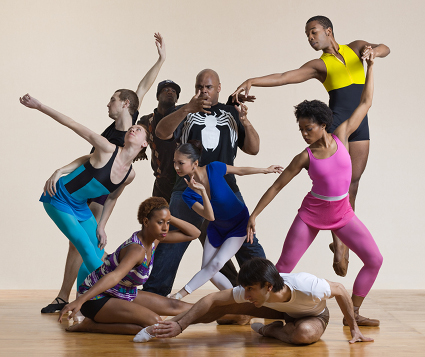Brooklyn Ballet at 10

2012_Brooklyn_Ballet_LoisGeenfieldsmaller.jpg
A lot has changed since our last look at the Brooklyn Ballet. Now, as it celebrates its tenth anniversary, I talked to founder and Artistic Director Lynn Parkerson.
CS: You moved into your own space in 2009. How has having a home changed things?
LP: It mandates that we do a lot more programming. Our overhead went from zero to around $150,000 a year.